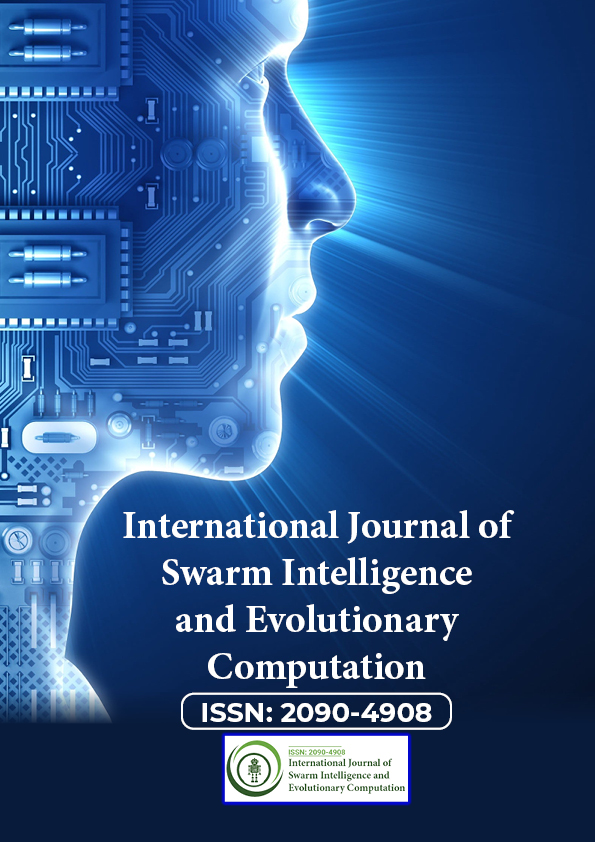Indexé dans
- Genamics JournalSeek
- RechercheRef
- Université Hamdard
- EBSCO AZ
- OCLC - WorldCat
- Publions
- Pub européen
- Google Scholar
Liens utiles
Partager cette page
Dépliant de journal

Revues en libre accès
- Agriculture et aquaculture
- Alimentation et nutrition
- Biochimie
- Bioinformatique et biologie des systèmes
- Business & Management
- Chimie
- Génétique et biologie moléculaire
- Immunologie & Microbiologie
- Ingénierie
- La science des matériaux
- Neurosciences & Psychologie
- Science générale
- Sciences cliniques
- Sciences environnementales
- Sciences médicales
- Sciences pharmaceutiques
- Sciences vétérinaires
- Soins infirmiers et soins de santé
Abstrait
Les modèles spatio-temporels agissent comme des mécanismes informatiques régissant le comportement émergent dans les essaims robotisés
Terry Jack MDA, Khuman SA et Owa K
Notre objectif est de contrôler un essaim robotique sans lui retirer sa nature d'essaim. En d'autres termes, nous cherchons à contrôler intrinsèquement le comportement émergent d'un essaim robotique. Les tentatives passées de gouverner des essaims robotiques ou leur comportement émergent auto-coordonné se sont révélées inefficaces, en grande partie à cause du caractère aléatoire inhérent à l'essaim (le rendant difficile à prévoir) et de sa simplicité absolue (ils manquent de leader, de tout type de contrôle centralisé, de communication à longue portée, de connaissances globales, de modèles internes complexes et ne fonctionnent que sur quelques règles de base réactives). Le principal problème est que le phénomène émergent lui-même n'est pas entièrement compris, bien qu'il soit à la pointe de la recherche actuelle. La recherche sur les automates cellulaires 1D et 2D a révélé une couche informatique cachée qui comble le fossé micromacro (c'est-à-dire la façon dont les comportements individuels au niveau micro influencent les comportements globaux au niveau macro). Nous émettons l'hypothèse qu'il existe également des mécanismes informatiques intégrés au cœur du comportement émergent d'un essaim robotique. Pour tester cette théorie, nous avons procédé à la simulation d'essaims robotiques (représentés à la fois par des particules et des réseaux dynamiques) et avons ensuite conçu des règles locales pour induire divers types de comportements intelligents et émergents (ainsi que la conception d'algorithmes génétiques pour faire évoluer des essaims robotiques avec des comportements émergents). Enfin, nous avons analysé ces essaims robotiques et confirmé avec succès notre hypothèse ; l'analyse de leurs développements et interactions au fil du temps a révélé diverses formes de modèles spatiotemporels intégrés qui stockent, propagent et traitent en parallèle des informations à travers l'essaim selon une logique interne basée sur les collisions (résolvant le mystère de la façon dont les robots simples sont capables de s'auto-coordonner et de permettre à des comportements globaux d'émerger à travers l'essaim).